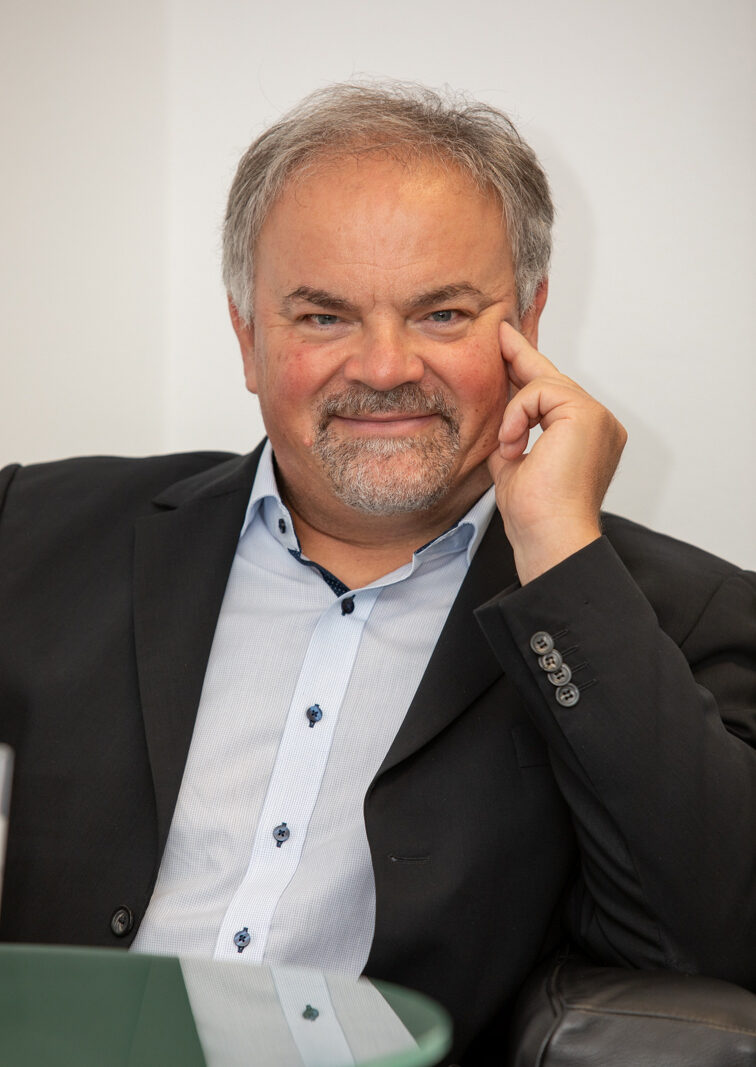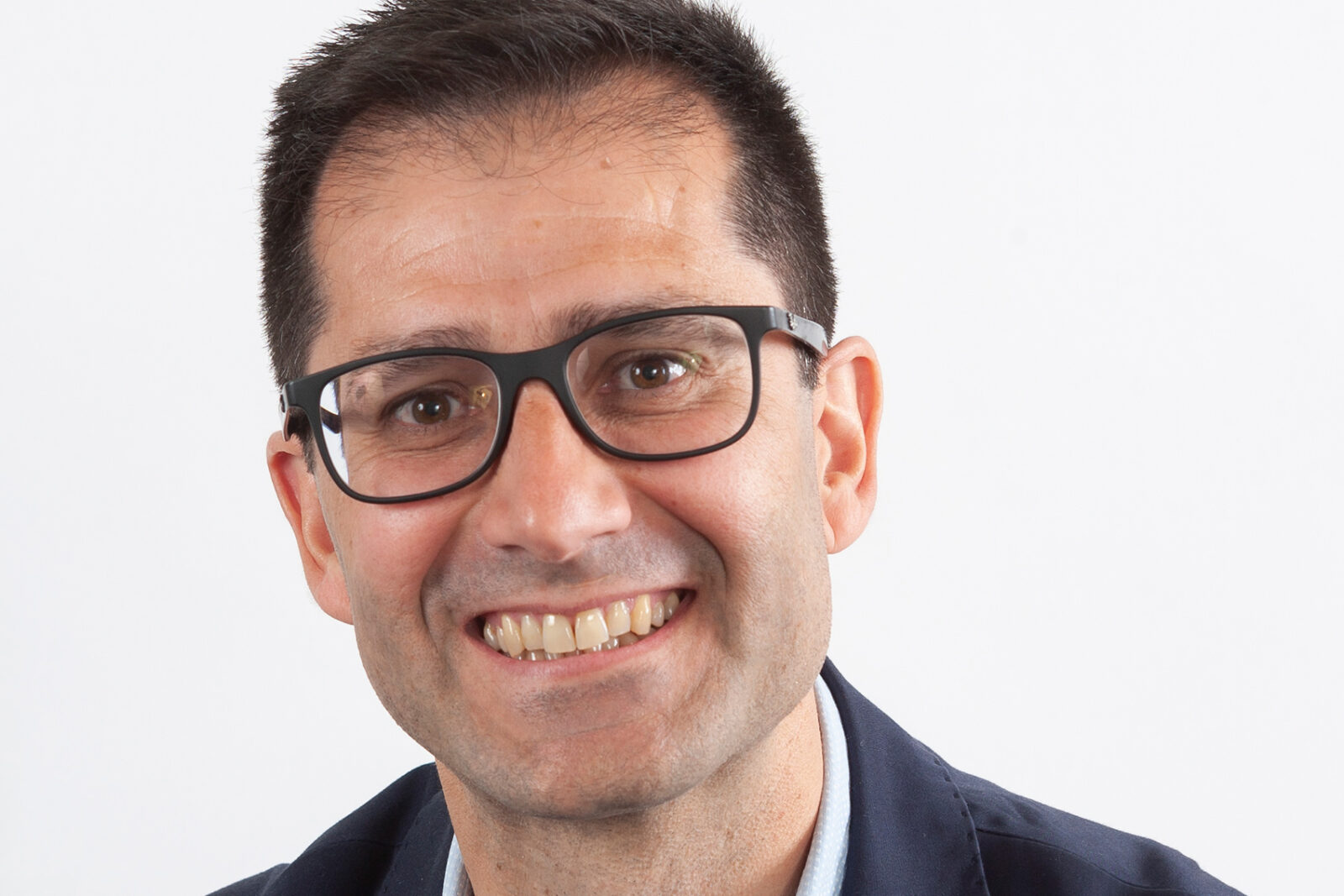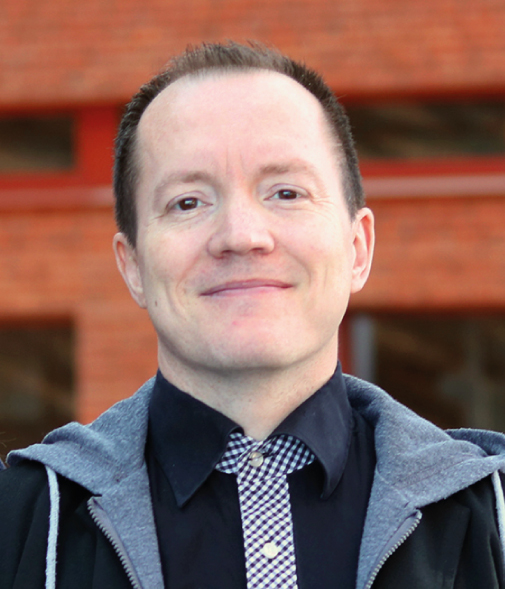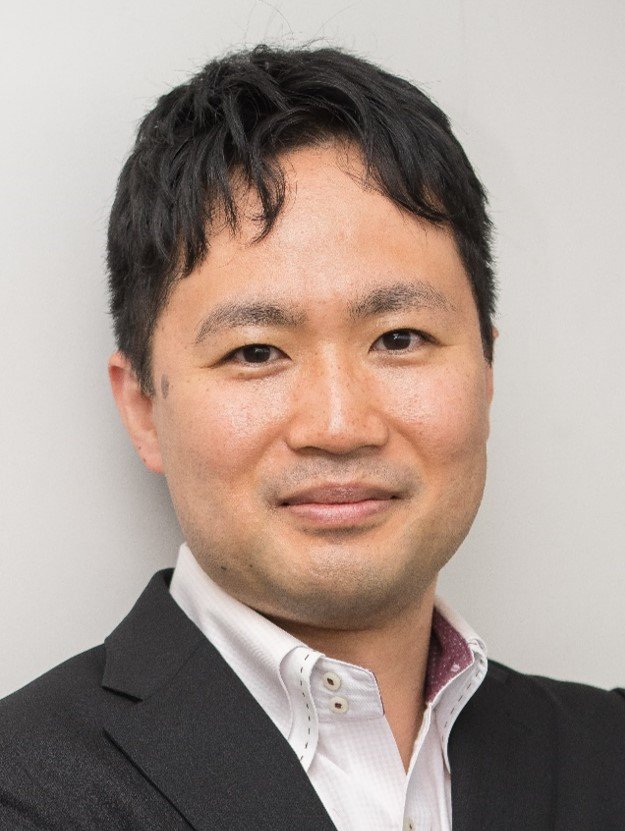Keynote Opening Lecture
Jürgen Knoblich
© Jürgen Knoblich
Jürgen Knoblich
Jürgen Knoblich is deputy scientific director at the Institute of Molecular Biotechnology of the Austrian Academy of Sciences (IMBA) in Vienna.
His research focuses on the development of the human brain and the study of neurodevelopmental disorders. Knoblich’s group has established a 3D culture system that recapitulates the early steps of human brain development in cell culture allowing brain pathologies and human specific developmental events to be studied in unprecedented detail. They have used this system for modelling various neurodevelopmental disorders and genetic screening in human brain tissue.
Keynote Lecture
Polina Anikeeva
© Polina Anikeeva
Polina Anikeeva
Polina Anikeeva is Associate Director of the Research Laboratory of Electronics, Head of the Department of Materials Science and Engineering, and principal investigator in the Bioelectronics Group.
Prof. Anikeeva is combining materials chemistry and nano- and micro-fabrication approaches to develop minimally invasive devices for neural recording, stimulation, and repair. She is interested in organic and nanostructured hybrid materials beyond traditional semiconductors as potential candidates for neuroprosthetic devices.
Her lab focuses on engineering materials interfaces between neural tissues and electronic and optoelectronic devices in order to improve signal quality as well as biocompatibility of neural probes. The technology developed in her lab has potential applications in deep brain stimulation for Parkinson’s disease, major depressive disorder as well as brain-machine interfaces for paralyzed patients.
Additional information:
Matoula S. Salapatas Professor in Materials Science and Engineering
Professor of Brain and Cognitive Sciences
Director, K. Lisa Yang Brain-Body Center, McGovern Institute for Brain Research
MacVicar Faculty Fellow
Massachusetts Institute of Technology
Cambridge, USA
Keynote Lecture
Jose Garrido
© Jose A. Garrido
Jose A. Garrido
Jose A. Garrido is an ICREA Research Professor at the Catalan Institute of Nanoscience and Nanotechnology (ICN2) and head of the Advanced Electronic Materials and Devices group.
He received a Master and PhD degree in Telecommunication Engineering from the Polytechnic University of Madrid, and a habilitation degree by the Technical University of Munich. Since 2017 he has served as ICN2’s Vice-director, contributing to its scientific and innovation strategy.
His research interest focuses on aspects of the science and technology of 2D materials, and their application to bioelectronics and neural interfaces. He leads major national and European projects and efforts to explore the development of novel neural interfaces for biomedical applications.
Jose Garrido is co-founder and Chief Scientific Officer of INBRAIN Neuroelectronics, an ICN2 spin-off that develops graphene-based neural devices for medical applications.
Keynote Lecture
Heinz-Georg Jahnke
© Heinz-Georg Jahnke
Heinz-Georg Jahnke
Dr. Heinz-Georg Jahnke is located at the Biotechnological-Biomedical Center (BBZ) of Leipzig University (ULEI). He has been working in the field of bioelectronic multiparametric real-time analysis of cells and tissues for more than 20 years.
His research is focused on the optimization of microelectrode structures for the coupling of cells and tissues for static and dynamic biohybrid applications as well as upscaling and parallelization for screening applications. A current research focus is the development of combined monitoring systems for the parallel analysis of mechanical and electrophysiological characteristics from hiPSCs differentiated complex cardiac and myocyte cell cultures.
Keynote Lecture
Kenta Shimba
© Kenta Shimba
Kenta Shimba
Kenta Shimba is an Associate Professor at the Mathematical Biology and Bioengineering Laboratory, Graduate School of Frontier Sciences, The University of Tokyo.
He received his Ph.D. in 2016 from the University of Tokyo, under the supervision of Prof. Yasuhiko Jimbo. From 2016 to 2018, he was a postdoctoral researcher at Tokyo Institute of Technology. In 2018, he joined the Graduate School of Engineering, The University of Tokyo, as an Assistant Professor. Since 2023, he has held his current position.
His research interests include microdevice fabrication and method development for studying axon physiology and network interactions.
Keynote Lecture
Bernhard Wolfrum
© Bernhard Wolfrum
Bernhard Wolfrum
Prof. Wolfrum’s field of research is neuroelectronics and bioelectronics. One focus is on the investigation of electrochemical biosensors and interfaces for the detection and stimulation of cellular signals.
The aim is to develop neuroelectronic systems for the investigation of structured cell networks and application in bioelectronic medicine. Microfabrication techniques, printed electronics, 3D printing processes and microfluidic cell culture methods are used to produce the systems.





